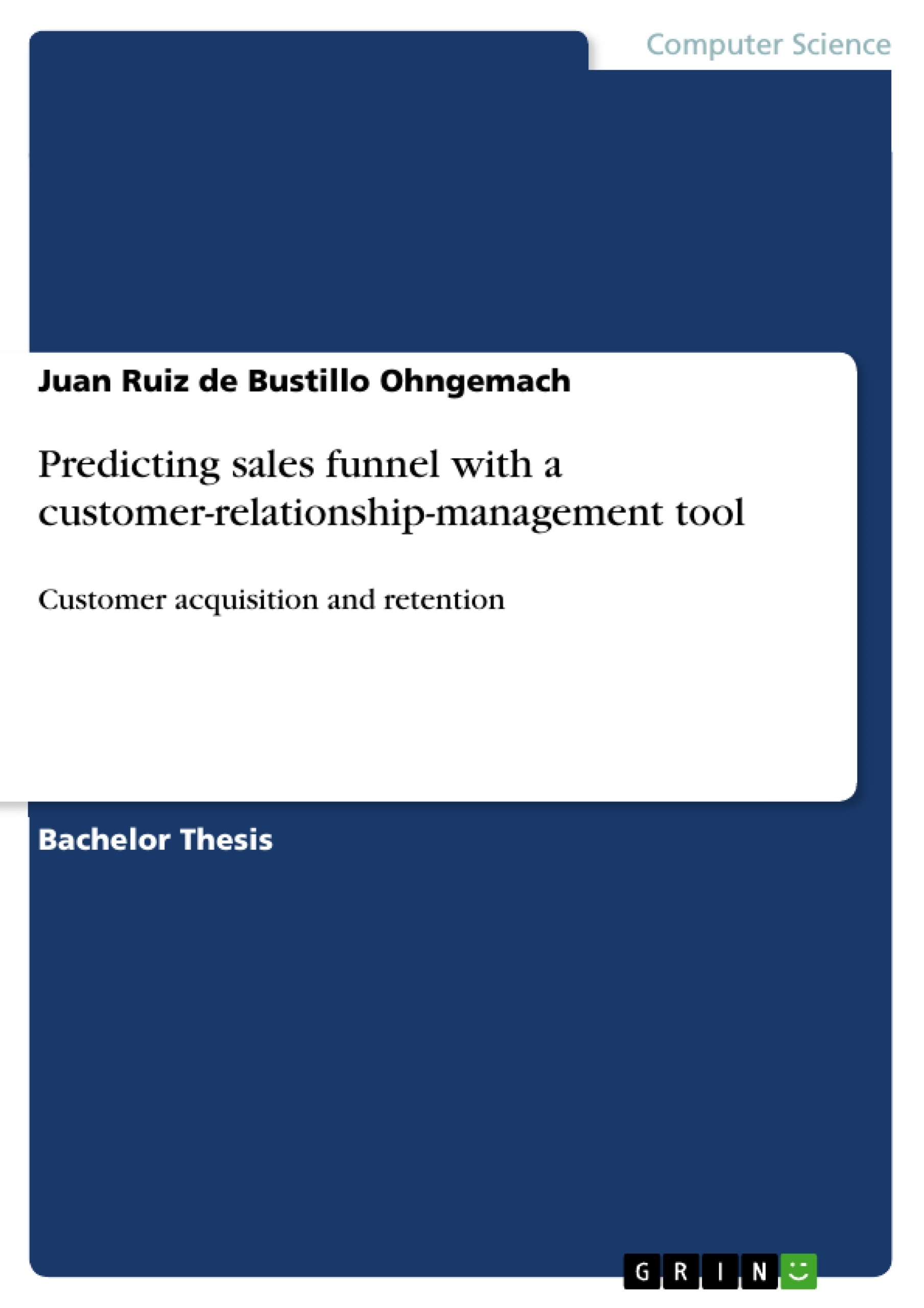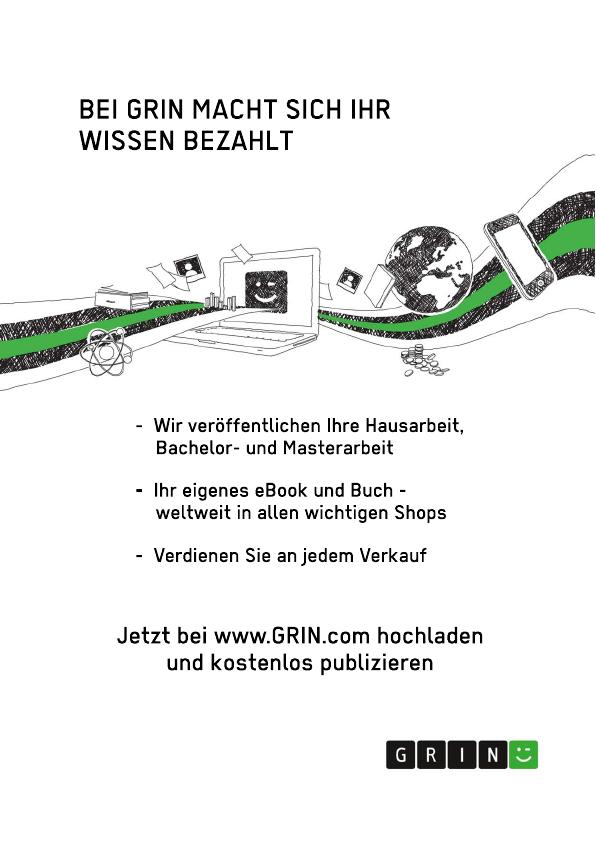In this work the author attempts to examine a small part of artificial intelligence, producing a real-life approximation of what could be a predictive system based on sales funnel information provided by a customer-relationship-management tool like Salesforce. The work focusses on two main aspects, namely the prediction of the sales funnel and a LinkedIn-based enrichment tool which sources company data in bulk to enrich existing sales information. Along the lines of trying to fulfil these two goals, the thesis is comprised of the four typical elements of an end-to-end advanced analytics project: identification of needed data and it’s sourcing, exploratory analysis of said data, analytical model selection and design, validation and testing of the obtained results obtained in the previous step.
Artificial Intelligence has matured over the past few years to now become a standard in corporate market and business analyses. Those analyses focus mainly on customer acquisition and retention as they drive the revenue. This work attempts to create customer retention, for example a churn prevention model to help accurately predict the opportunities that have a high propensity to be lost, help the salesperson to identify them, and be able to quickly react.
Inhaltsverzeichnis (Table of Contents)
- BUSINESS CHALLENGE
- TECHNICAL APPROACH
- Information sources
- Company information
- Internal company data
- Artificial Intelligence
- Machine Learning techniques
- Deep Learning techniques
- Tested architectures
- Final architecture
- Information sources
- CONCLUSION
- Objectives revision and functional requirements
- Future guidelines
Zielsetzung und Themenschwerpunkte (Objectives and Key Themes)
This Bachelor's thesis aims to develop a customer retention model, specifically focusing on churn prevention. The model aims to accurately predict opportunities with a high likelihood of being lost, allowing salespersons to identify and react quickly.
- Customer retention and churn prevention
- Predictive modeling using Artificial Intelligence
- Machine learning and deep learning techniques
- Data analysis and model development
- Salesperson support and decision-making
Zusammenfassung der Kapitel (Chapter Summaries)
- BUSINESS CHALLENGE: This chapter introduces the problem of customer churn and its impact on businesses. It discusses the need for accurate prediction of churn risks to facilitate effective interventions and improve customer retention rates.
- TECHNICAL APPROACH: This chapter outlines the technical framework of the thesis. It explores the information sources used, including company information and internal data, and introduces the concept of Artificial Intelligence and its application in developing the churn prediction model. This chapter covers machine learning and deep learning techniques utilized in the project and explains the tested architectures leading to the final model architecture.
Schlüsselwörter (Keywords)
The core focus of this thesis lies in customer retention, churn prediction, Artificial Intelligence, machine learning, deep learning, data analysis, model development, and sales support. The project emphasizes the practical application of these technologies to improve business outcomes and enhance customer satisfaction.
- Quote paper
- Herr Juan Ruiz de Bustillo Ohngemach (Author), 2019, Predicting sales funnel with a customer-relationship-management tool, Munich, GRIN Verlag, https://www.grin.com/document/503216




